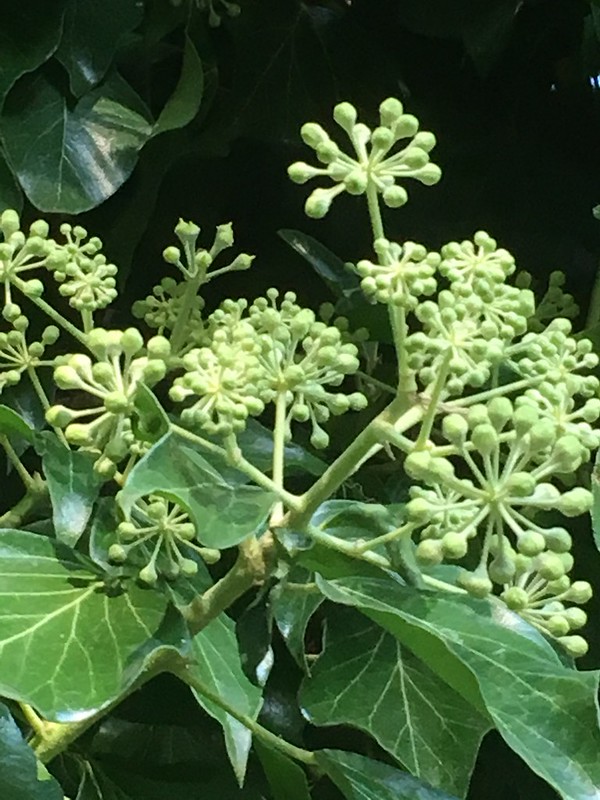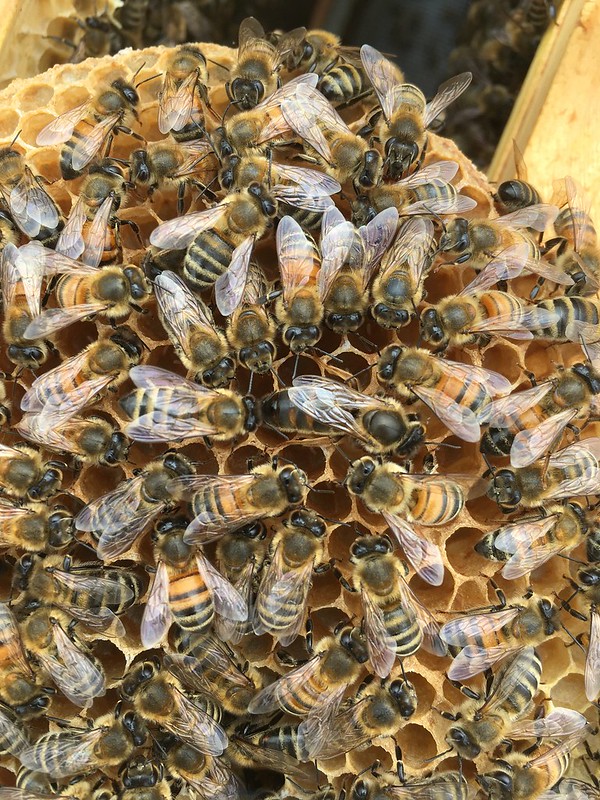Over the past few months we’ve been running some honey tasting workshops – it all started last year, when a friend asked me if I would run a session to do with bees over Zoom for her team – they were all fed up with working remotely and wanted something fun and interesting to do together. Since then we’ve run lots of sessions – it has been so much fun meeting new people and sharing the wonders of pure honey. We pick high quality honey for our samples – we are keen to demonstrate the wonderful diversity in colours and flavours of pure honey.

Recently I’ve been getting quite a few questions about how it all works, so I thought that it might be helpful to put something here for everyone to see.
We can either run a private session for groups of up to 20, or you can join one of our regular workshops (available to book from our on-line shop here).
A week before the workshop, we will be pack a box with your honey samples, spoons, tasting notes, sensory wheel, honey colour chart, pollen chart and some of our favourite honey based recipes. We will then post them to you, leaving plenty of time for them to arrive.

On the day, we all join the Zoom call. Helen, our beekeeper, will talk through the history of human’s relationship with honey, how honey bees collect nectar and make honey, how it is extracted, how to avoid buying poor quality honey and single origin honey. We then taste the samples, learn where that honey is from, why that honey is unique and analyse the smells and tastes.

At the moment we are using all pure honey from the UK. The sessions lasts around 1.5 -2 hours. The sample pots are large enough for 2 people from each household to take part. (You only pay for one place).
Do come and join us, or get in touch if you’d like to arrange a private tasting.













![IMG_9001[1]](https://live.staticflickr.com/65535/49887015148_dfc8d9c78c_c.jpg)
![IMG_8997[1]](https://live.staticflickr.com/65535/49887540836_0c1df4c744_c.jpg)











